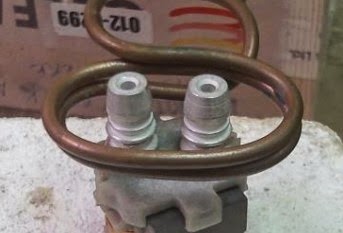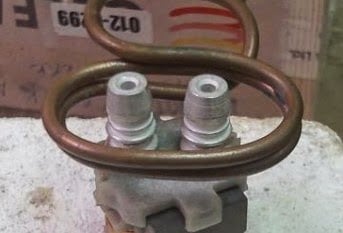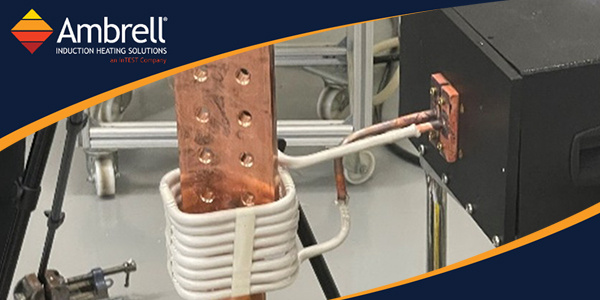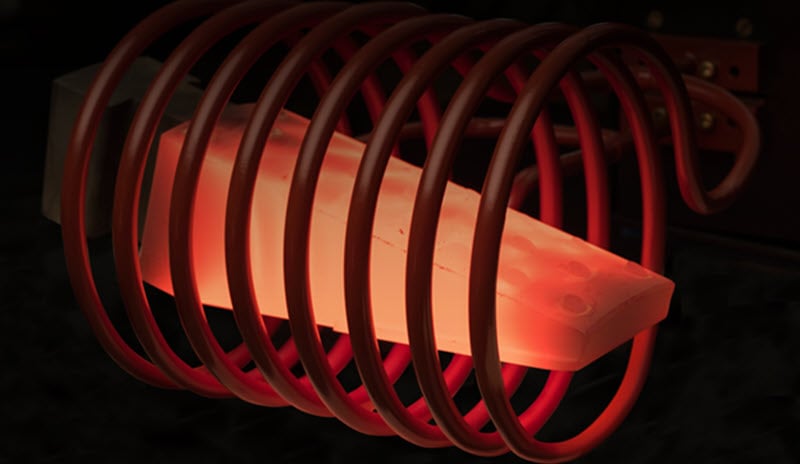How Researchers and Universities Use Induction Heating
Induction heating, a process that uses electromagnetic induction to heat electrically conductive materials, is often thought of for large industrial...
Applications
Applications: More
Applications: More

Industries:
Industries: More
Industries: More
Industries: More

Products:
Products: More
Services: More

Learn:
Learn: More
About:

1 min read
Brett Daly
10/28/15 4:11 PM


This application involved soldering copper wires from the transformer to the steel pins. We first needed to determine the cycle time that would get sufficient heat into the pins and not melt the coating on the surface. We started our testing with a 2 kW EASYHEAT induction heating system, but found it delivered more power than was necessary, so we used a 1 kW EASYHEAT instead.
We burn the enamel and the solder in the same step for this application. So the solder is stick-fed after the enamel is burned. Because the solder is stick fed, a foot pedal is used to operate the EASYHEAT to make the heating process as simple as possible.
Our testing determined that after seven seconds the solder began to flow and the solder was fed into the joint. Power was pulsed for one additional second to allow the solder to continue to be fed. The overall process took less than ten seconds. Cleaning the copper wires and winding them resulted in a beautiful joint.
Using induction for soldering offers a number of benefits to clients. Speed, precision, repeatability and safe, flameless heating are among them. Once the process is determined, you can count on getting the same result every time.
This is just one example of the many applications that our Applications Laboratory handles on a daily basis. You can explore a full range of application notes from various industries. And, of course, we welcome you to send in your parts for testing.

Induction heating, a process that uses electromagnetic induction to heat electrically conductive materials, is often thought of for large industrial...

Objective A company had been using a flame for brazing copper assemblies to make electrical components, but they contacted THE LAB at Ambrell because...

Induction heating is a highly efficient and versatile technology with numerous industrial applications. Unlike traditional heating methods that rely...